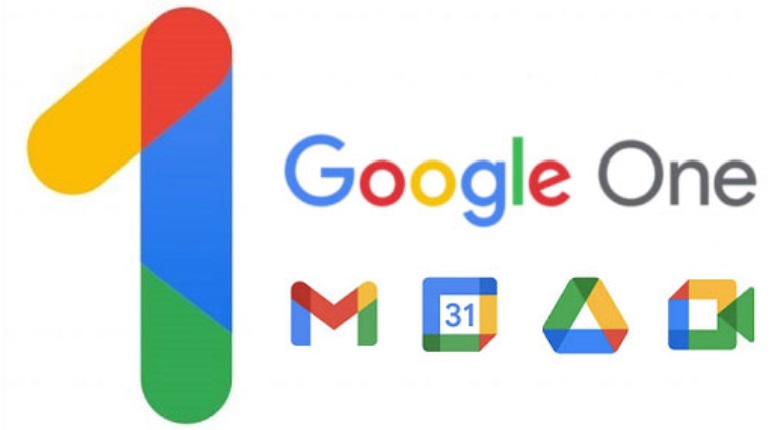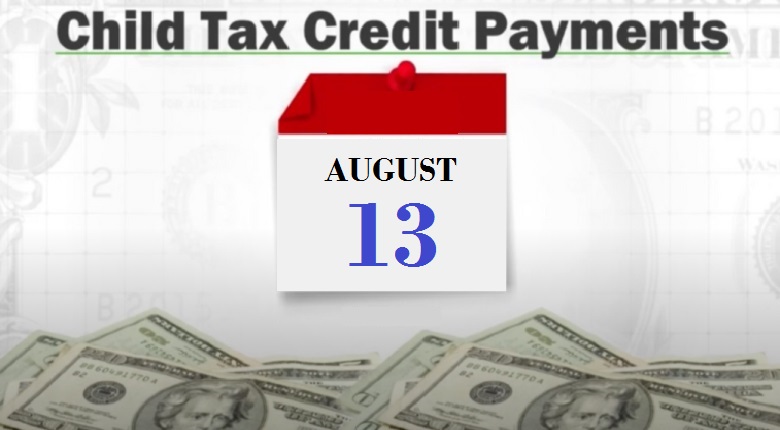Google Finance – Trading, Investing and Keep an Eye on Your Portfolio

Google Finance is a website devoted to business news and financial information. It is hosted by Google and is very user-friendly. It also has a Portfolio feature. It can be used for trading, investing and monitoring your portfolio. It is available on any computer, tablet or mobile device. It is free to use.
GOOGLEFINANCE Function
You can use the GOOGLEFINANCE function to retrieve data from Google’s financial data portal. In order to do this, you will first need to define an interval for the data to be returned. This interval can be daily, weekly, monthly, or even a single day. Once you have set up the interval, you will be able to view the data.
This function works for a number of different types of stock data. You can use it to look up the current price, 52-week high and low, and basic stock information. You can also use the GOOGLEFINANCE function to pull historical data. You can see more details about this function on Google’s support page.
The GOOGLEFINANCE function provides you with a lot of useful financial data. Its ‘Trading Volume’ attribute allows you to see how popular a stock is with investors. Likewise, ‘Market Capitalization’ shows how much money is invested in a particular stock. These statistics can help you predict the value of a stock or predict its performance.
This function requires that you have an account with Google and access to Google Finance. The GOOGLEFINANCE function pulls data from the Google Finance application each time you open it. It won’t work if you’re offline editing or using an Excel spreadsheet. This could be a result of the wrong ticker or the wrong attribute.
Another feature of the GOOGLEFINANCE function is its ability to fetch historical exchange rates. The function can retrieve data daily or weekly and provides real-time pricing. But note that there may be a delay of 20 minutes in the data. You’ll want to consider this if you want to use this functionality for professional purposes.
You can also use the GOOGLEFINANCE function to pull the stock prices of stocks. When using this function, ensure that you specify the exchange symbol before the ticker symbol. In addition to this, the GOOGLEFINANCE function allows you to pull historical data for a given stock.
The GOOGLEFINANCE function is a built-in feature of Google Sheets that can pull historical and current securities data. To use the GOOGLEFINANCE function, you must set up a spreadsheet with a data source that supports the Google Finance API. The Google Finance function will refresh the data in every 15 minutes by default, but you can change the interval in order to get data daily, weekly, or monthly.
Alternatives to Google Finance API
If you’re in need of a Google Finance API replacement, there are many different options. These services provide real-time stock data, historical stock data, and quotes, as well as market status. Many of them are free to use, although you need to create a key to track your usage. They also have a limit on how many API calls you can make each minute, so you may need to upgrade to a paid account to increase your usage. The APIs offered by these companies are also easy to integrate with Python, JavaScript, and C#.
If you’re a trader, you’ll want to use an app that allows you to access your portfolio data. Google’s own platform is limited, and it’s not very user-friendly. If you’re looking for a more advanced investment experience, you might want to consider Blooom or a similar service. Both of these services allow you to view your portfolio and compare it to a variety of indexes.
You can also use a spreadsheet to download data from the Google Finance API. Using a formula with the =YHFINANCE function pulls the data into Google Sheets. This works very much like the “=GOOGLEFINANCE” formula and lets you access historical and current stock prices in your spreadsheet. These alternatives do not require any special API configuration or knowledge of how to import data to Google Sheets.
Another popular option is the Morning Star API, which is suitable for those who need data quickly and easily. It’s easy to use and offers cryptocurrency and forex market data. It also features a blog that offers tips and tricks for managing your portfolio. The Morning Star API is flexible enough to be used in many projects, but it’s important to read user reviews and check the price before purchasing it.
Microsoft’s MSN Money is an excellent alternative to Google Finance. It provides fast access to the latest headlines on financial news. It also offers comprehensive information on different financial products. Another notable feature is its portfolio, which includes multiple account representations and real-time trading figures. The user interface is well designed, and it is easy to use on mobile devices.
There are many alternatives to Google Finance API that provide access to financial data. Yahoo’s API also provides historical data. It also allows users to use the API for company-specific information. Yahoo Finance API is free and provides reliable data. It’s one of the most widely-used APIs for stock data.
Yahoo Finance API is another option that you can consider if you need a finance API. As one of the most popular financial sites, Yahoo Finance API offers extensive stock market data. It also offers a free tier, with the first 500 API requests per month being free. After first request, you’ll be charged $0.002 per request. There are also paid tiers with more features. The $200 Mega plan offers unlimited usage.
Portfolio Feature in Google Finance
Google Finance’s Portfolio feature offers investors a wealth of information on a wide variety of stocks. This tool provides insights into the performance of specific stocks as well as the current price. In addition, the feature lets users track transactions related to their portfolio. In addition, it is possible to create a model portfolio.
Portfolios can be exported to spreadsheets, which can be saved on a storage device. You can also import your portfolio. To do so, click on the “Export” button in the window and follow the prompts. Then, select the location in which you want to save the spreadsheet. Once the file is saved, you can open it on your computer or other device.
In November 2017, Google Finance started making changes to its portfolio feature. While some long-time users are skeptical of the changes, many others are confident that these changes will make the service even better. With the changes, Google Finance should provide stock investors with more features and high-quality insights. But, it is not clear when these changes will be made.
Google Finance’s Portfolio feature enables investors to create a personalized portfolio for their investments. It’s free to create an account and only takes a minute to sign up. Once you’ve done that, you’ll be able to add stocks and mutual funds. You can also view the prices of these investments and their market capitalization. You can even see how the prices have changed and when they’ve hit their high and low points.
Google Finance’s new experience brings several finance features right into Google Search. Previously, users would need to access Google Finance’s website to download their portfolio. In this new version, you’ll find a new tab called “Finance.” Clicking on this tab will open the new Google Finance. From there, you’ll see performance information about stocks, related news, market indices, and currency exchange rates.
The Portfolio feature was one of the popular feature of Google Finance. It was a simple feature that allowed users to load their entire portfolio in one click. The site also featured a daily snapshot of the performance of each individual holding. It also showed which stocks contributed most to the portfolio and those that detracted most. Furthermore, the page included relevant news headlines. Although the Portfolio feature has gone, there are still plenty of useful features in Google Finance.
Once you have a portfolio in Google Finance, you can add transactions and edit it. Before you can edit the portfolio, however, you’ll need to have funds and stocks in it. Otherwise, many menu options won’t appear. In addition to this, you’ll need to add transaction data for each stock in your portfolio.


































































































































































































































































































































































































































































































































































































































































































































































































































































































































































































































